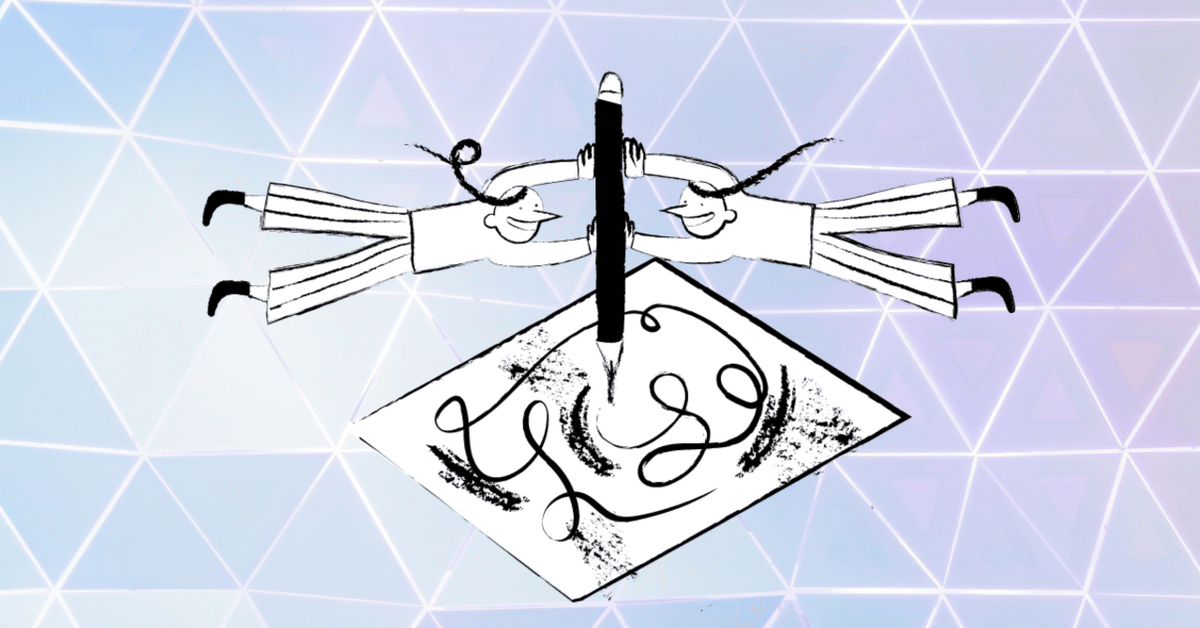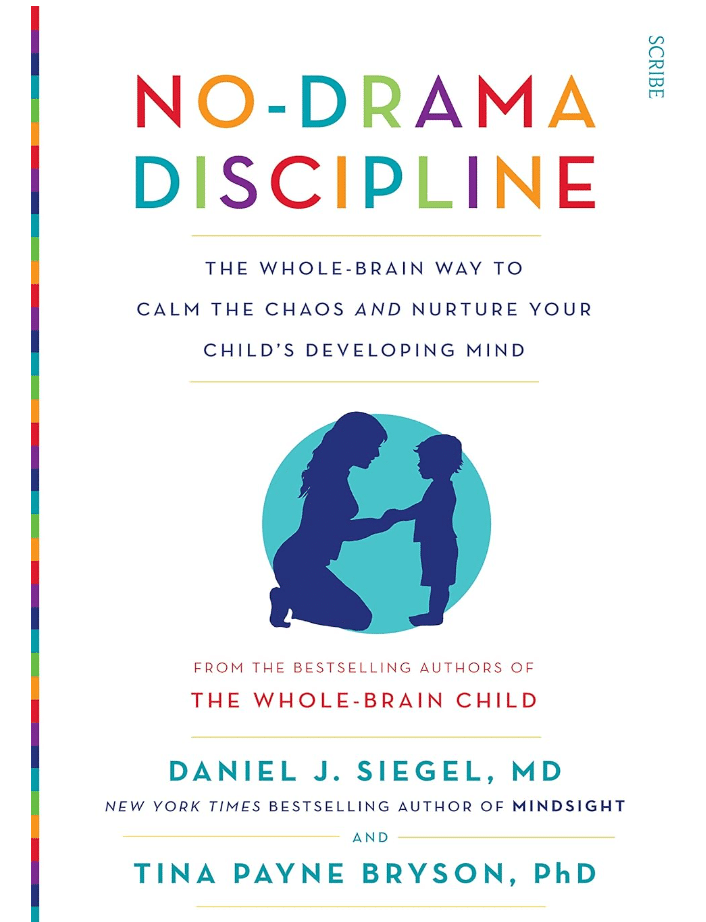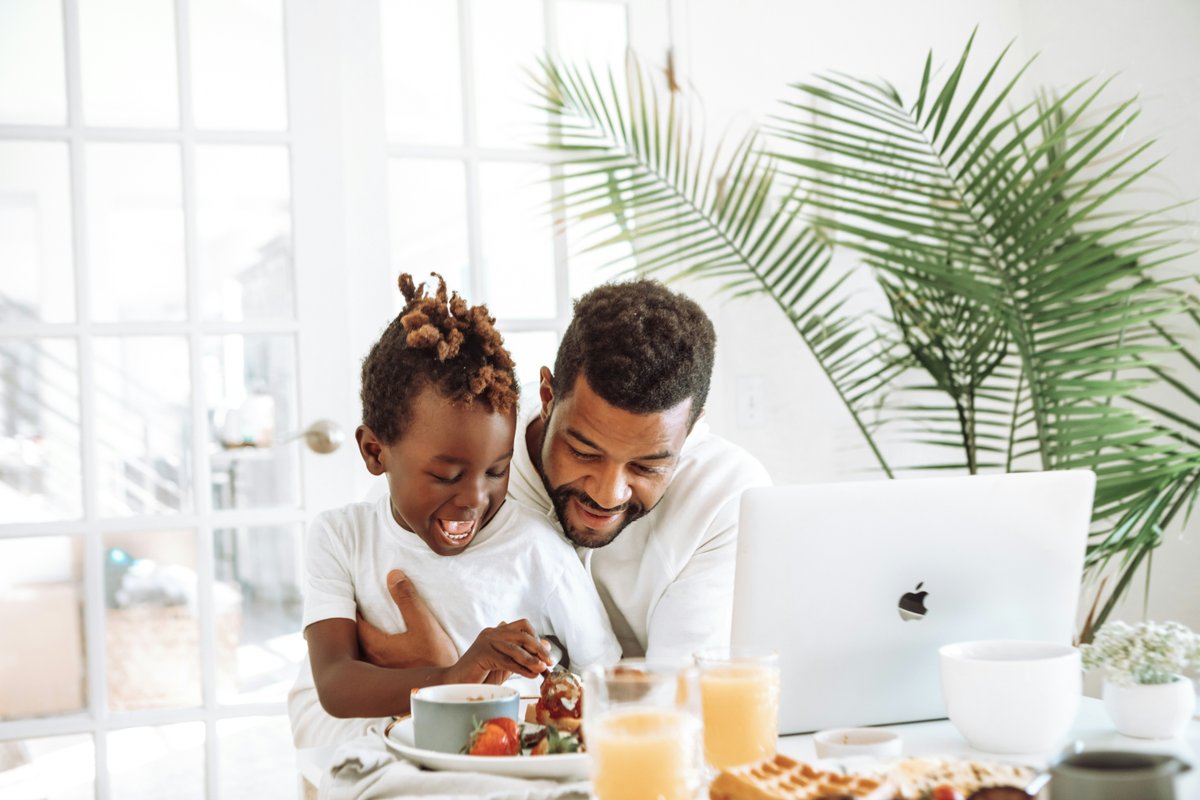
子どもへ気づきのチャンスを与える
第3弾、Love and Logic〜子どもへ気づきのチャンスを与える〜
同じ参考文献の他の記事は以下へ↓
第1弾☆「褒め言葉プラスa」
第2弾☆「子供の成長にあわせて大人はどう変わるべきか」

「急いで!」と怒りをぶつけずに子供を動くよう促したい。
子ども自ら考えて解決できるように声掛けをしたい。そんな悩みのヒントになるかもしれない。
大人がLove and Logicで接することによって、
子どもは気づきのチャンスを得る。
この参考文献の根幹であるLove and Logicを3項目にまとめてお届け。

✅思いやりに満ち、愛情深く、リミットを提示する
You can be a loving, compassionate enforcer of limits.
⚫️「急いで」と言わずに促す方法
“Everyone that has finished eating lunch and cleaning up is welcome to join me for the art project.”
「お昼を食べ終わった人は、ぜひ参加してね 〇〇に。」
⚫️今すべきことをしなくても、責めない伝え方
“I see that you have chosen not to eat your lunch and clean up. Perhaps you can join us for an art project another time. I hope that tomorrow is different. We really will miss you during this project!”
「食べずに片付けもしないことを選んだのを見ていたよ。また別の時に〇〇に参加してみたら良いよ。きっと 明日は違うと願っているね。 このプロジェクトに君がいないから本当に寂しいな!」
⚫️メリットを明確にする
I’ll be happy to start as soon as you show me your body is ready.
「体ごと準備ができていると見せてくれれば嬉しいな、そしてすぐに始めることができるよ。」
⚫️受け入れる可能性と条件を伝え、子どもが再現し易くする
I would be happy to listen to you when your voice is as calm as mine
「私は喜んで耳を傾けるよ。あなたの声が私と同じくらい穏やかなときに。」

✅5ステップで自分の問題を解決できるよう導く
5 Steps to Guiding Children to Own and Solve their Problems
①共感 / 悲しいね。痛かったでしょう?
Empathy - “How sad.” “I’ll bet that hurts, doesn’t it?”
②意思 / あなたはどうしたいかな?
Send the Power message - “What do you think you’re going to do?”
③選択肢 / 他の子達がどう試したか、知りたいかな?
Offer choices - “Would you like to know what some other children I know have tried?”
※悪い例から良い例まで様々な選択肢を話す。 まずは最も悪い例から始め、「結果」を子ども自身の言葉で説明するよう促す。
※At this point, offer a variety of choices that range from bad to good. Start out with the worst choices until you get to a choice that forces the child to state the consequences in their own words.
④結果 / どうなったかな?
Have the child state the Consequence - “And how will that work?”
⑤許可 / きっと大丈夫。試してみよう。どうなったか忘れず教えてね。
※それが成功するか否かに関係なく、解決しようとするこどもに選択を許可する。
※Give permission for the child to solve the problem or not solve the problem. “Good luck. I hope that works out! Come and find me later and tell me if it worked!”

✅その他大切にしたいヒント
▶️小言や注意をしないこと。 彼らに伝えるのは1度だけで十分。
彼らはそれが重要かどうかを覚えておけるほどに賢いのだから。
Don’t nag or remind. Tell them once. They are smart enough to remember if it’s important to them.
▶️何としてでもリレーションシップを維持すること。
Preserve the relationships at all cost.
▶️問題は子ども自身そのものではなく、行動に現れる。
Make the problem the behavior not the child.
